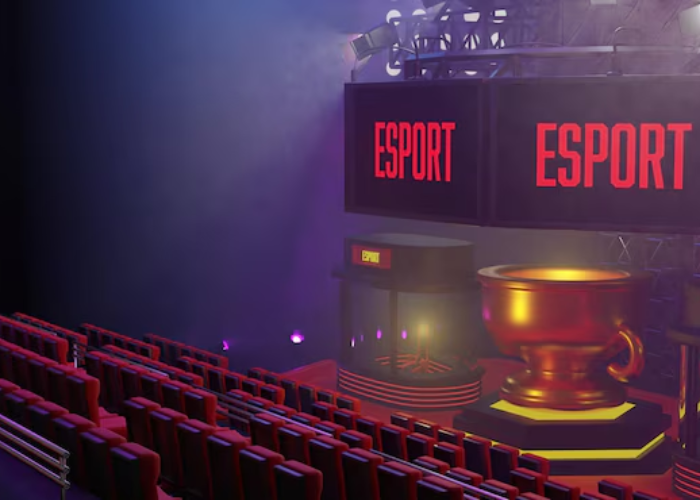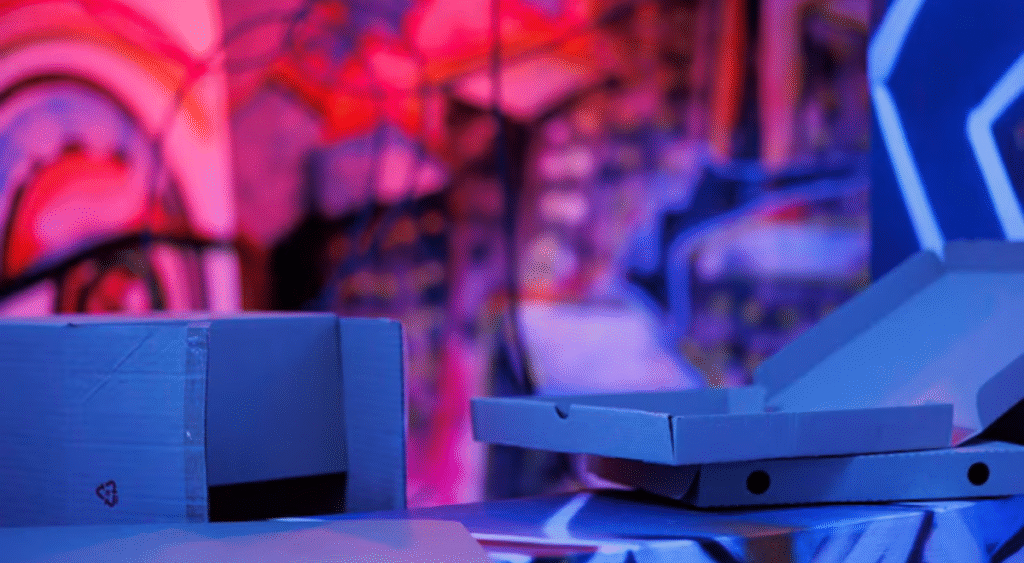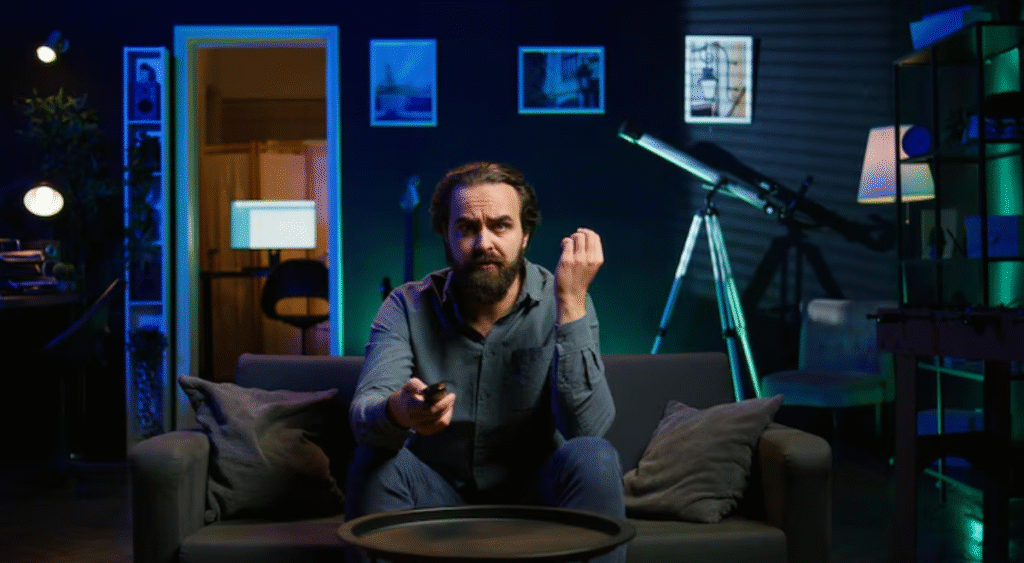
The esports scene harmonicode represents a fascinating intersection of competitive gaming and musical innovation, where rhythm, strategy, and digital artistry converge to create immersive experiences for players and audiences alike. In the rapidly evolving world of esports, harmonicode—a term blending “harmonic” (relating to music and sound) and “code” (the backbone of gaming)—captures the growing influence of music-driven elements in competitive gaming. This article explores the esports scene harmonicode, its impact on gaming culture, key trends, and how it captivates the USA-based audience. With a focus on tips, stats, and examples, we’ll uncover why this niche is gaining traction and how enthusiasts can engage with it.
Must Read Exploring make1m com Luxury Yachts: Your Guide to Opulent Seafaring
What is the Esports Scene Harmonicode?
The esports scene harmonicode refers to the integration of music, rhythm-based mechanics, and sound design into competitive gaming environments. Unlike traditional esports genres like first-person shooters (FPS) or multiplayer online battle arenas (MOBA), harmonicode emphasizes games where music and rhythm are central to gameplay or enhance the competitive experience. These games often require players to synchronize actions with beats, melodies, or audio cues, blending musical creativity with strategic precision. Examples include rhythm-based titles like Beat Saber, osu!, and Dance Dance Revolution, which have carved out a niche in the esports ecosystem.
In the USA, the esports scene harmonicode appeals to a diverse audience, from casual gamers who enjoy music-driven gameplay to competitive players aiming for professional status. The rise of streaming platforms like Twitch and YouTube has amplified this scene, allowing players to showcase their skills while engaging with music-loving communities. According to a 2025 report, the global esports audience is projected to reach 640.8 million, with the USA contributing significantly due to its robust gaming infrastructure and cultural affinity for music and entertainment.

The Rise of Music in Esports
The integration of music into esports is not new, but its prominence has surged in recent years. The esports scene harmonicode thrives on the synergy between sound and competition, driven by several factors:
- Technological Advancements: High-quality audio design and virtual reality (VR) technologies have elevated games like Beat Saber, where players use VR controllers to slice through blocks in sync with music. These innovations create immersive experiences that resonate with players and spectators.
- Cultural Appeal: Music is a universal language, and games that incorporate it attract diverse audiences. In the USA, where music genres like hip-hop, EDM, and pop dominate, harmonicode games tap into cultural trends, making them highly engaging.
- Streaming and Content Creation: Platforms like Twitch have become hubs for harmonicode gamers to stream performances, blending gameplay with DJ-like showmanship. In 2023, Fortnite, a game with music-driven events, was streamed for over 60 million hours, highlighting the draw of music-infused gaming.
Key Stats on the Esports Scene Harmonicode
- Audience Growth: The global esports audience is expected to hit 640.8 million by 2025, with rhythm-based games gaining a dedicated following in the USA.
- Revenue Impact: The esports market was valued at $1.98 billion in 2023, with music-driven events and sponsorships contributing to its growth.
- Player Demographics: Approximately 72% of esports enthusiasts are male, with a mean age of 32, and 65% watch live streams, many of which feature harmonicode content.
- Prize Pools: While traditional esports titles like Dota 2 boast massive prize pools ($29.56 million in 2023), harmonicode games like Beat Saber are seeing increasing investment in tournaments.
Why the Esports Scene Harmonicode Appeals to the USA
The USA’s gaming culture, combined with its vibrant music scene, makes it a fertile ground for the esports scene harmonicode. Here’s why:
- Diverse Gaming Communities: The USA hosts major gaming hubs in cities like Los Angeles, Seattle, and New York, where harmonicode games thrive due to their accessibility and entertainment value.
- Music Festivals and Crossovers: Events like Fortnite’s in-game concerts (e.g., Travis Scott’s 2020 performance, which drew 12.3 million viewers) show how music and gaming intersect, inspiring harmonicode esports.
- Youth Engagement: With 20% of 18–34-year-olds identifying as avid esports fans, the USA’s younger demographic is drawn to the high-energy, music-driven competition of harmonicode games.
Tips for Engaging with the Esports Scene Harmonicode
For those looking to dive into the esports scene harmonicode, whether as players, spectators, or content creators, here are practical tips to get started:
- Choose the Right Game: Start with accessible titles like osu! (free-to-play) or Beat Saber (available on VR platforms). These games offer competitive modes and vibrant communities.
- Practice Rhythm and Timing: Success in harmonicode games hinges on syncing actions with music. Use tools like metronomes or rhythm training apps to improve your timing.
- Join Online Communities: Platforms like Discord and Reddit host harmonicode communities (e.g., r/osu or r/BeatSaber) where players share tips, mods, and tournament info.
- Stream Your Gameplay: Set up a Twitch or YouTube channel to showcase your skills. Use high-quality audio and visuals to highlight the musical elements of your performance.
- Participate in Tournaments: Look for local or online harmonicode tournaments, such as Beat Saber World Cup or osu! World Cup, to test your skills and gain recognition.
Example: Beat Saber in the Esports Scene
Beat Saber, a VR rhythm game, exemplifies the esports scene harmonicode. Players use controllers to slash blocks representing musical beats, competing for high scores based on accuracy and speed. The game’s esports potential is evident in events like the Beat Saber World Cup, where players from the USA and beyond compete for cash prizes and global rankings. In 2024, the game’s competitive scene grew, with over 1,000 participants in online qualifiers, showcasing its appeal to both casual and professional gamers.
Challenges in the Esports Scene Harmonicode
While the esports scene harmonicode is thriving, it faces challenges:
- Niche Appeal: Rhythm-based games are less mainstream than FPS or MOBA titles, limiting their audience compared to League of Legends or Counter-Strike.
- High Entry Costs: VR-based games like Beat Saber require expensive equipment (e.g., VR headsets costing $300–$1,000), which can deter new players.
- Health Concerns: Prolonged gaming can lead to physical strain, particularly in VR titles. Research suggests esports players face mental and physical health challenges, necessitating structured support systems.

The Future of the Esports Scene Harmonicode
The esports scene harmonicode is poised for growth as technology and cultural trends align. Innovations like AI-driven music generation and augmented reality (AR) could create new harmonicode games, while partnerships with music artists and brands (e.g., Fortnite’s collaborations with Ariana Grande) will boost visibility. In the USA, where 3,530 active esports players contribute to a growing market, harmonicode is likely to gain traction through grassroots tournaments and streaming.
Call-to-Action
Ready to immerse yourself in the esports scene harmonicode? Start by exploring games like Beat Saber or osu!, joining online communities, and streaming your gameplay on Twitch. Follow major tournaments and stay updated on the latest harmonicode trends to become part of this dynamic fusion of music and competition. Visit platforms like Twitch.tv or check out r/BeatSaber for tips and events to kickstart your journey!
5 Questions and Answers About the Esports Scene Harmonicode
- What is the esports scene harmonicode?
The esports scene harmonicode refers to competitive gaming that integrates music and rhythm as core mechanics, such as in games like Beat Saber and osu!, where players synchronize actions with audio cues. - Why is the esports scene harmonicode popular in the USA?
Its popularity stems from the USA’s strong gaming culture, music festivals, and streaming platforms like Twitch, which amplify music-driven games for a young, tech-savvy audience. - What are some popular harmonicode esports games?
Notable titles include Beat Saber (VR rhythm game), osu! (free-to-play rhythm game), and Dance Dance Revolution (classic arcade rhythm game), all with active competitive communities. - How can I get started in the esports scene harmonicode?
Start with accessible games, practice rhythm skills, join communities on Discord or Reddit, stream on Twitch, and participate in tournaments like the Beat Saber World Cup. - What challenges does the esports scene harmonicode face?
Challenges include its niche appeal compared to mainstream esports, high equipment costs for VR games, and health concerns related to prolonged gaming.
